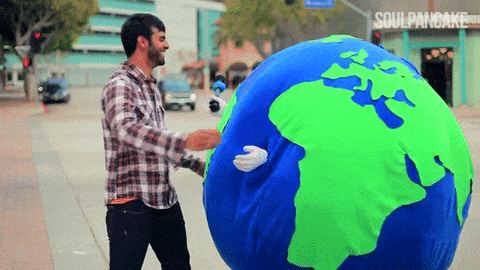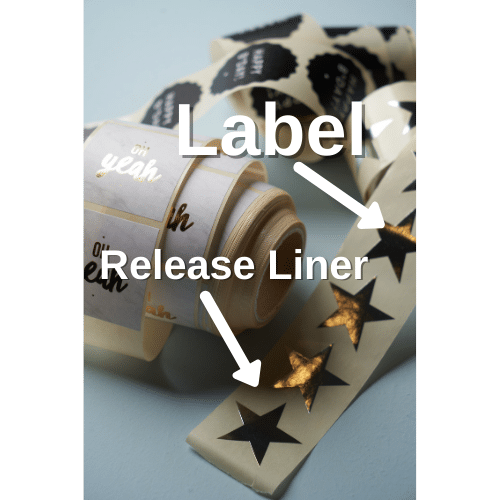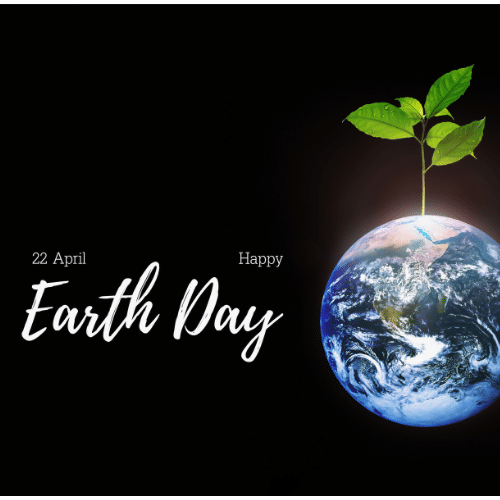Celebrating Earth Day with an Intro to Sustainable Label Manufacturing
Today we celebrate Earth Day, the annual event that aims to give a collective voice to the world’s population regarding environmental sustainability and the health and future of our planet. At the time of the inaugural Earth Day in 1970 – now more than a half century ago – organizers touted the day’s ability to call to action 20 million people to do their part in protecting the one and only planet we call home.
While Earth Day started in the US, it would soon go global. According to earthday.org, more than 1 billion individuals are mobilized every Earth Day, with more than 190 countries participating. The day is important, as it underscores that environmental sustainability is a matter of life or death: should things go sideways here on Earth, we don’t get a do-over, nor can we just pick up and move to another home in another neighborhood. This is the exact reason why we’ve been supporting green initiatives for decades.

Embracing green practices is not a fad or marketing gimmick. And for many of the world’s prominent brand owners, the drive for sustainability is something that permeates into all aspects of a brand’s products – ingredients and materials sourcing, manufacturing processes, and pretty much every facet of the supply chain.
Packaging is an area where there’s been notable progress in recent years when it comes to sustainability. Leading brand owners have unveiled aggressive sustainability goals and agendas, which in turn effect new and different requirements from their suppliers.
At Meyers, we take sustainability very seriously. It’s engrained in our culture and is area where we are continuously looking to improve, much the way our brand owner customers are striving to do their part in becoming and staying “green.”
Label printing and converting is of course one of our key areas of focus. Historically, due to their unique construction, pressure sensitive (PS) labels have not been considered a very sustainable product. Let’s look at why that’s the case, and some of the challenges we face in order to overcome this stigma.
The Challenge with Release Liners
For starters, a PS label consists of a substrate (usually paper or film/plastic) that has printing on one side with an adhesive adhered to the opposite side. The adhesive side is then applied to what we in the industry call “release liner” or “backing paper.” Once printed and finished, the labels and their release liner are wound into rolls and ready to be applied to a container.
In the below image, the gold stars are the labels themselves, while the beige strip of paper is the release liner.

While the word “paper” can conjure up the notion of recyclability, that’s not so easily the case with release liner. The liner is coated with silicone. While the silicone allows for the label to cleanly “release” from the backing paper and be applied to a product, it also complicates the recycling process. Silicone release liners require special treatment before they can be recycled, and not every recycler has the knowledge or means to handle this “waste” properly.
Release liner is in fact waste. This leads to brand owners and consumers understanding that just about half of a PS label – prior to be being applied to a container – becomes waste. It’s a byproduct of the industry that by its nature is not sustainable, and it’s not the only one. But knowledge is power, and knowing this, as well as knowing what the label industry is doing to improve upon its release liner challenge, will go a long way toward reaching sustainability goals. We’ll explore this further in future posts.
More Waste Coming from the Matrix
Then there’s matrix waste. Consider that roll of PS labels again. Prior to their being finished, while they are in production and on a press or finishing machine, the labels are die cut into their desired shape and “stripped” of the parts of the label that won’t be used. The matrix is the unneeded material that gets removed after the die cutting process. More waste, but this waste – called matrix – consists of the substrate and the adhesive. The substrate is often material that could have been recycled, if not for the fact it’s covered in adhesive on one side.
Adhesive has the unfortunate distinction of being something that can “gum-up” the recycling stream. Like release liner, matrix requires special handling to make it recycling-compatible. However, there are also waste handling alternatives. For example, some recycling and energy companies have found ways to convert matrix waste into fuel pellets. As a zero landfill printer, that is exactly what happens to our matrix waste here at Meyers.
Summary & Looking Forward
In the spirit of Earth Day, many companies in the labels, packaging and printing industries have taken on R&D initiatives to improve upon the sustainability profile of their products. We’d like to think that Meyers is one such company.
While we’ve scratched the surface here in discussing some of the unique aspects of labels that present sustainability challenges, there is a lot more to discuss, which we’ll do in future blog posts. Sustainable substrates, inks, adhesives and even prepress and printing processes are all areas to explore.
For now, we wish you a happy Earth Day, and thank you for considering how we can work together in creating greener products for a healthier planet, and one with a brighter future.

